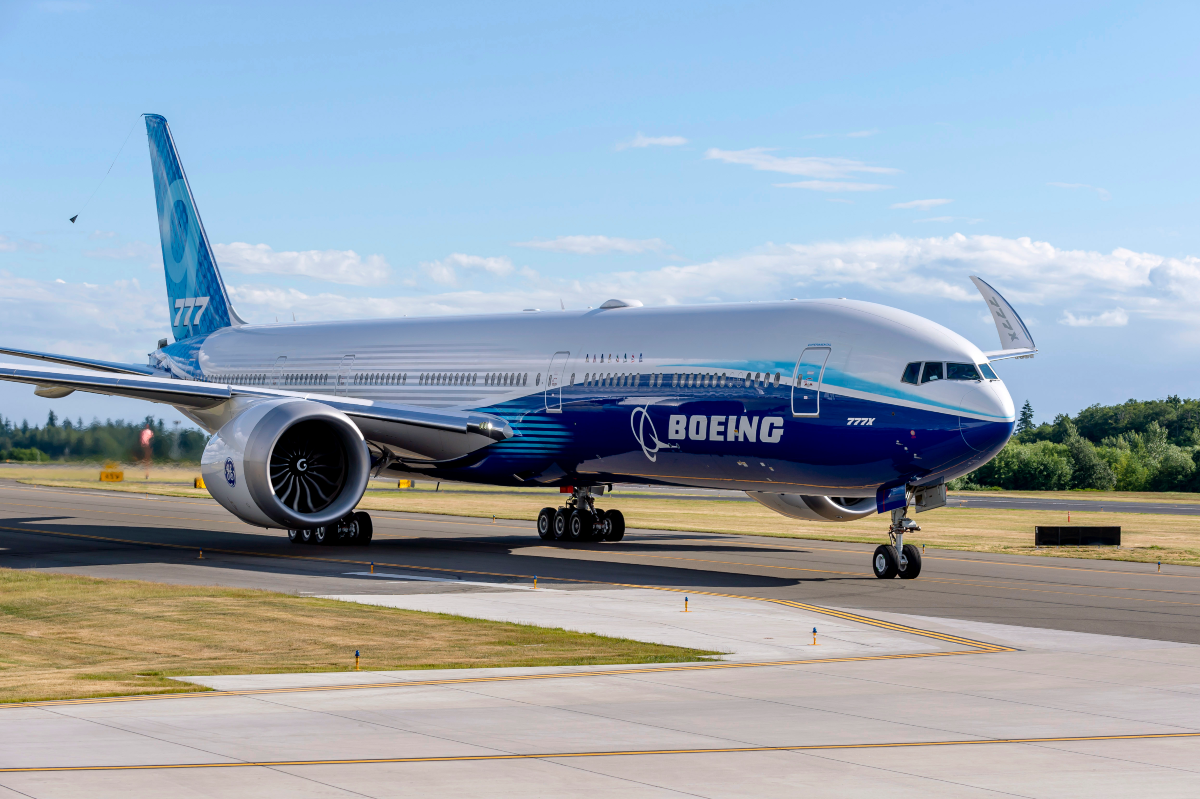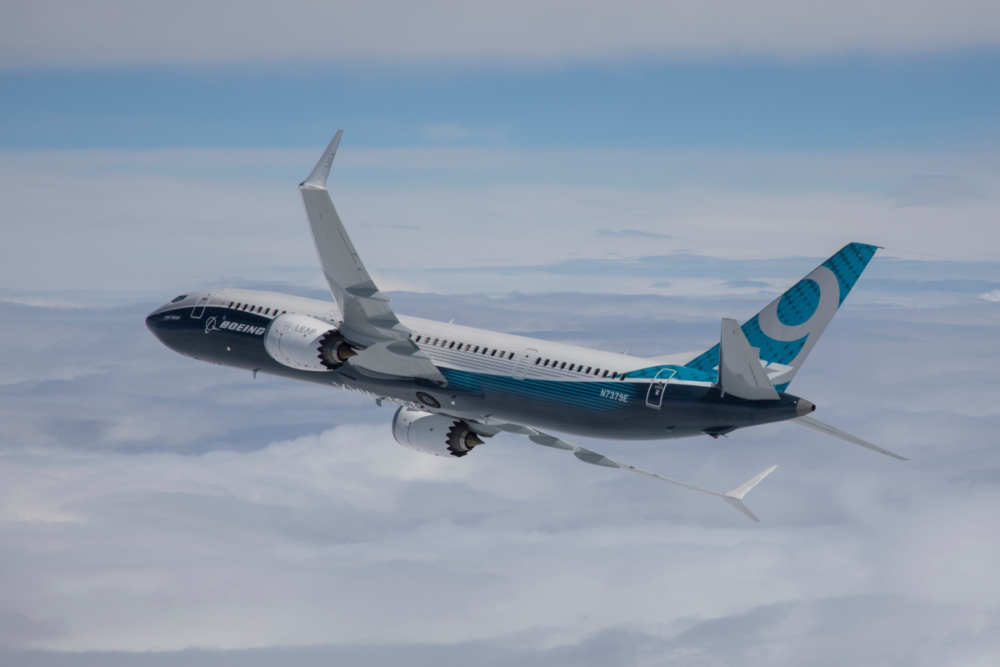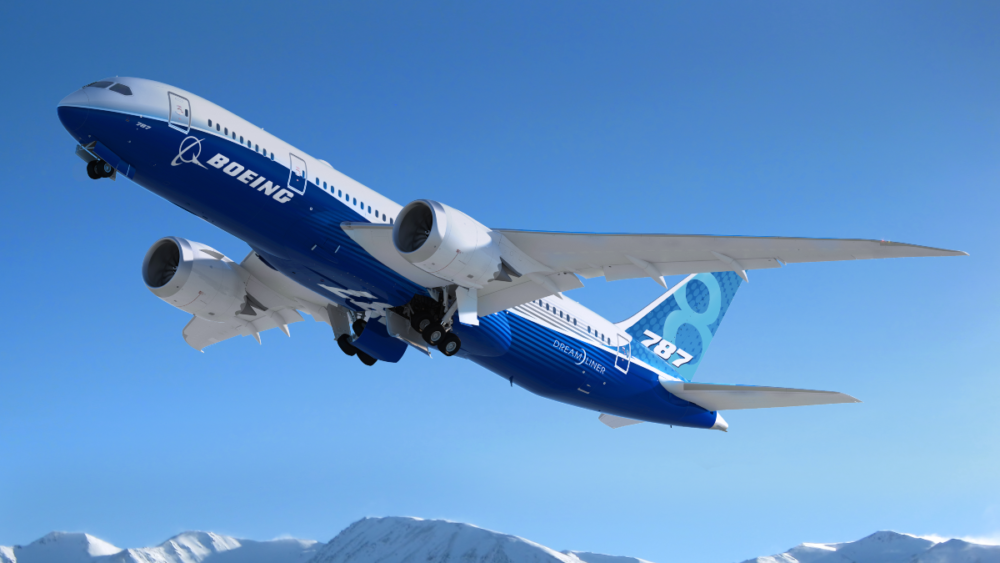In a highly bullish forecast, Boeing expects the demand for new aircraft and after-sales service across the Asia-Pacific region over the next two decades to be worth US$6.8 trillion. That's trillion, not billion. If correct, it will mark a stunning rebound for the region still heavily impacted by COVID-19.
A bullish Asia-Pacific forecast from Boeing
Boeing's recently released 2021 Commercial Market Outlook makes the bold prediction. They expect the Asia-Pacific region to account for almost half of the global air traffic by 2040. They estimate the region will need 17,645 new commercial aircraft, which Boeing values at US$3.1 trillion.
To support existing and new aircraft, Boeing expects airlines in the region will require after-sales support valued at US$3.7 trillion.
Except for domestic airline travel within China, airlines and airline markets across the Asia-Pacific region have struggled to recover from COVID-19. In particular, intra-Asia-Pacific international flying remains significantly down on pre-COVID levels.
But bolstered by rising vaccination levels, Boeing thinks Asia-Pacific carriers are well-positioned to capitalize on recovering business and leisure travel as well as air cargo transportation.
"We have seen strong resilience in Asia-Pacific traffic when restrictions are lifted and passengers feel confident about travel,” says Boeing's Darren Hulst. “Carriers with efficient and versatile fleets will be positioned to meet passenger needs and air freight demand with airplanes that reduce fuel use, emissions, and operating costs.”
The strongest demand for narrowbody aircraft
That might sound suspiciously like a sales pitch, but Boeing argues rapid economic growth in the region will also see fleet growth and passenger traffic well above global averages.
Boeing expects demand for single-aisle jets will account for nearly 13,500 deliveries in the Asia-Pacific region over the next two decades. Demand for widebody aircraft will total around 3,800 aircraft.
The aircraft manufacturer says demand for maintenance, repair, overhaul, and modifications will account for the majority of projected commercial aviation services demand.
Drilling down into the market outlook, Boeing says the rise of low-cost airlines in the region, new trade agreements, and open skies agreements will help bolster demand for new planes. Boeing estimates Southeast Asia will need 4,465 new aircraft valued at US$765 billion and commercial aviation services valued at US$790 billion by 2040.
All corners of the Asia- Pacific region will need new planes
Oceania is normally one of the world's quieter aviation corners, but long distances and many islands make air travel essential - there's no high-speed rail in Oceania. Boeing says domestic and regional travel that accounts for 80% of passenger traffic in Oceania will drive single-aisle demand. Widebody jets such as the 787 Dreamliner will support long-haul and international network development.
Boeing expects to sell 785 new jets worth US$135 billion in Oceania over the next 20 years while also collecting US$165 billion from after-sales services.
Further north, Boeing expects to see brisk business from airlines in North Asia looking to replace planes from their existing fleets. Boeing anticipates 75% of their sales in the area over the next two decades will be to replace existing planes.
"Mature economies will continue to support a balanced air travel market across domestic, regional, and long-haul travel segments," Boeing's statement on its prospects in North Asia says.
Boeing estimates they will sell 1,385 planes valued at $310 billion in North Asia over the next two decades. The big plane builder estimates after-sales services will reach US$555 billion. Boeing hasn't yet released detailed forecasts for South Asia. However, with that area including fast-growing aviation markets like India, you could comfortably expect Boeing would have very high hopes for that part of the world.



